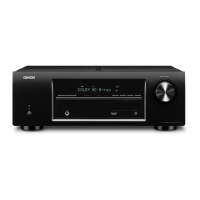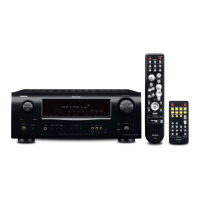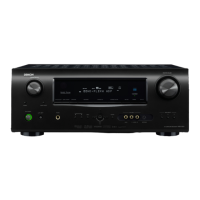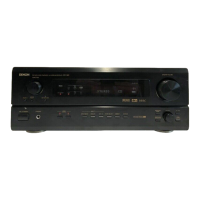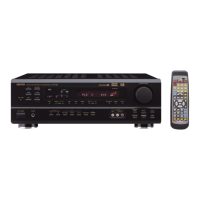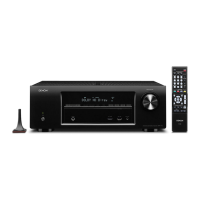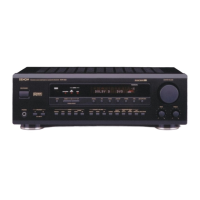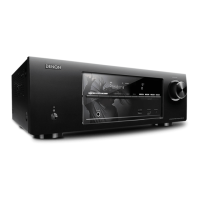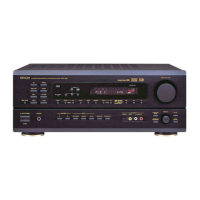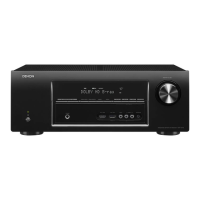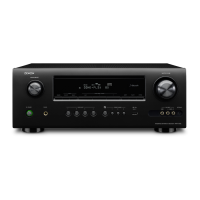How to fix no audio output with HDMI connection on Denon AVR-1513?
- MmitchellstephensAug 20, 2025
If you are experiencing no audio output with an HDMI connection on your Denon Receiver, check the HDMI connectors to ensure they are properly connected. If you want audio from the speakers, make sure that the “HDMI Audio Out” setting in the menu is set to “Amp”. If you want audio from the TV, set “HDMI Audio Out” to “TV”.
